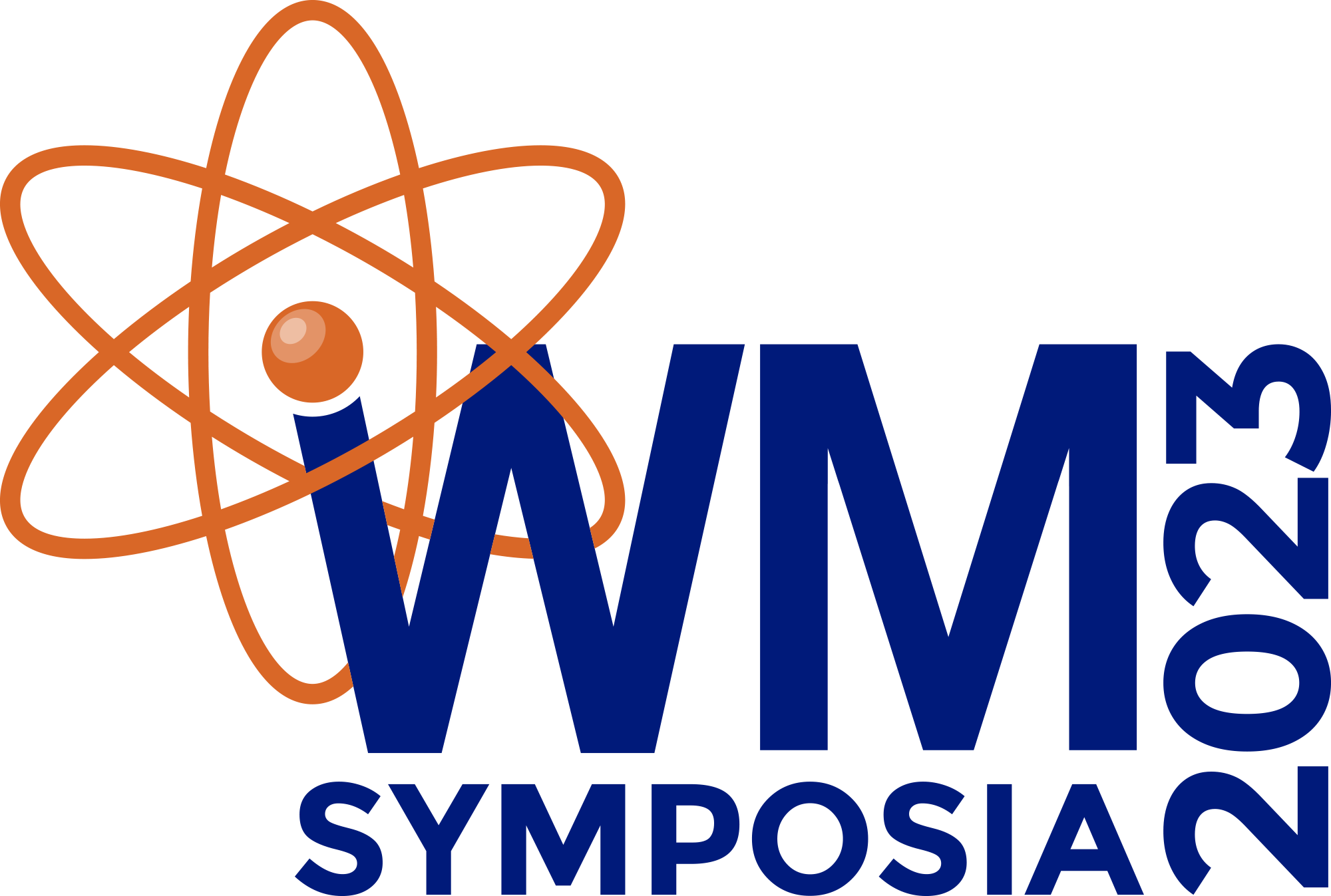
PHOENIX – With 2,700 participants walking through the sprawling Phoenix Convention Center, many of them young people hunting work in the nuclear industry, and hardly anybody wearing a mask, it’s easy to forget that three years ago, while the Waste Management Symposia was in session, the Work Health Organization declared the the 2019 coronavirus outbreak a pandemic.
This year, COVID-19 seems a mostly distant memory.
In panels and discussions here, the respiratory illness came up from time-to-time in passing — often in the context of pandemic-era weight gain, returning to office work after prolonged telecommuting or dealing with supply chain problems.
A more common topic this year was the need for the Department of Energy and its cadre of government contractors to fill vacancies.
With the DOE nuclear weapons complex seeing much of its longtime staff becoming eligible for Social Security and Medicare, recruiting new blood while there are still seasoned old-timers around to train new hires is a top priority.
Companies that do business with DOE, the Nuclear Regulatory Commission or other sectors of the nuclear waste field, set up booths around the convention center to chat with prospective job applicants.
The DOE Office of Environmental Management held a hiring conference during the week.
“So if you are looking for a job, or maybe just a little curious about what opportunities exist, please come out and see us,” Environmental Management Senior Adviser William (Ike) White said Monday during the conference’s kick-off plenary session.
The Office of Environmental Management has more than 200 vacancies in its workforce, said Nicole Nelson-Jean, who oversees the office’s field operations. Environmental Management, which has a workforce of less than 1,200, currently has an attrition rate of around 9%, said the office’s head of corporate services, Dae Chung.
About one-third of job openings are filled internally, said Chung, who spoke alongside Nelson-Jean during a Monday session on Environmental Management trends.
“We’re hiring,” seemed to be a common refrain from organizations participating in the 49th Waste Management Symposia.
Another big topic generating buzz was optimism over development of new nuclear reactors in North America.
There were sessions touching on the promise of advanced reactor designs, small modular and micro reactors for power generation as well as industrial and military applications.
Existing DOE campuses, such as Oak Ridge in Tennessee, the Hanford Site in Washington state, the Portsmouth Site in Ohio and the Idaho National Laboratory, are exploring arrangements with developers of next generation nuclear reactors.
Former Cold War and Manhattan Project sites might be more logical homes for new reactors than say Wyoming coalfield towns with no experience with nuclear issues, Paul Dickman, a senior policy fellow with Argonne National Laboratory, said during a Tuesday session on reactor development at federal sites.
Younger generations “don’t remember Three Mile Island,” the partial nuclear meltdown in Pennsylvania in 1979, but are very enthused about the non-emitting generation, said Karl Dye, president of the Tri-Cities Development Council near the Hanford Site.
“Nuclear has the ability to lead the energy transition” away from fossil fuels, Rebecca Casper, mayor of Idaho Falls, Idaho and an active member of the Energy Communities Alliance, said during Tuesday’s session.
But there are many hurdles to overcome. These include inflation, supply chain delays and “we have got a war going on” in Ukraine, Casper said.
Various speakers also tried to link the DOE weapons complex to President Joe Biden’s low-carbon agenda. White cited new electric vehicle charging stations in Carlsbad, N.M.
As the world’s largest cleanup program, the DOE Office of Environmental Management has a moral responsibility to help ease carbon emissions, White said.